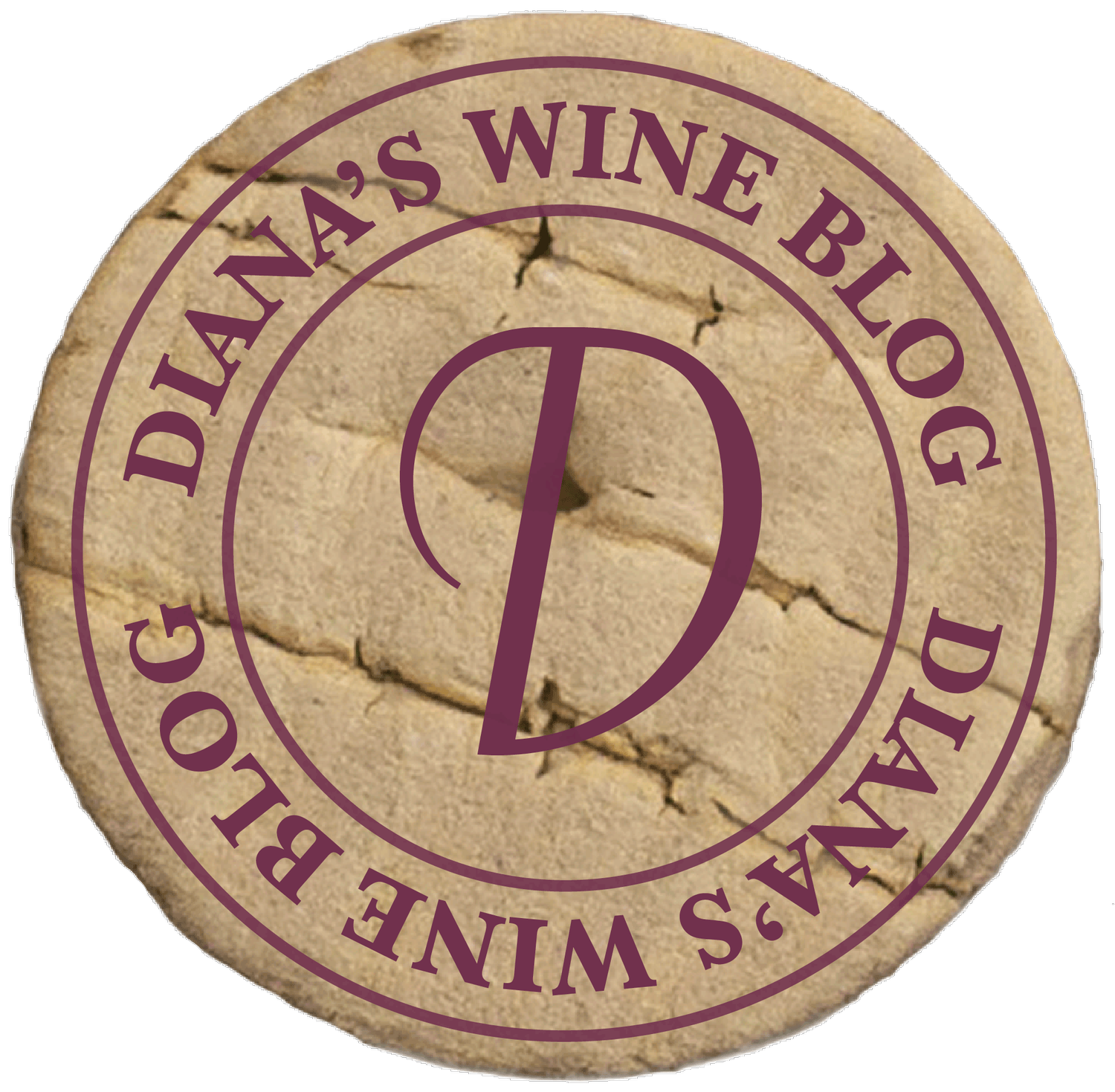A “FEW” Things about Exploring Your Wine
This week, let’s talk more about how to explore what’s in your glass. After all, isn’t that what it’s all about?
There’s more in the glass than just fruit. While the prime component is grapes, part of the fascination of wine is discovering what other aromas, flavors, and nuances are expressed in the wine. Different varietals have characteristic flavors and aromas – yet not always. There are many factors that affect the flavors and aromas that are represented in the glass, including water, sun, wind, soil type, and even plants that grow in the region. For example, Shiraz from Barossa Valley (in Australia) has a slight mint aroma that is brought out by the eucalyptus trees that are indigenous to the area. These are intriguing factors, and the fun is to discover what is there, to really explore.
Let me share a process that will assist you in becoming more aware of what’s in your glass. Practice and allow yourself to discover along the way. Don’t feel any pressure to “get it right.”
Explore the “Nose”
Smell the wine for a FEW things: Fruit, Earth, and Wood.
As you’re taking note of the fruit aromas, consider whether there are primary and secondary aromas. Do you smell black fruit or red fruit? Start with this simple distinction, then move to more specific observations. Is the aroma strawberry, blackberry, raspberry, etc.? Then, consider whether there are non-fruit aromas. Do you smell flowers, spices, herbs, or other aromas? Let yourself associate what you smell with aromas you know.
As you tip your glass toward you, the floral notes will be more discernible at the top of the glass, and the fruit will predominate as you move your nose toward the bottom rim of the glass. Swirl and start at the top and see how you note different odors as you move from the top to the bottom of the opening of the glass.
Next consider whether you smell earthiness. Earthiness is more common in old world or European wines. In whites, you might sense a minerality. In reds, it may be more like damp earth or mushrooms.
Finally, consider whether you get a wood aroma. This will be influenced by whether the barrel was made from old or new wood and French or American oak.
Explore the Palate
Now it’s time to taste the wine (“Finally,” you’re thinking…). As you’re tasting the wine, look to confirm what you’ve already smelled. Sip the wine, swish it around in your mouth, and pay attention to how it changes as it travels across your palate.
Explore the Finish
The “finish” is what you experience after you’ve swallowed the wine. Hopefully, it will have good balance, meaning a harmony among all the elements of the wine. Observe whether the finish is short, medium, or long. A longer finish generally indicates a higher quality wine. Also consider the quality of the finish – is it astringent or silky and smooth? Finally, what’s the complexity of the finish? Would you consider it low, medium, or high in complexity? The complexity is influenced by the number of aromas and flavors in the wine and how they interact.
Consider this a beginning of the journey and don’t feel a need to get it right. Just allow yourself to explore what’s in the glass. Don’t feel rushed. Take the journey.
Enjoy!
